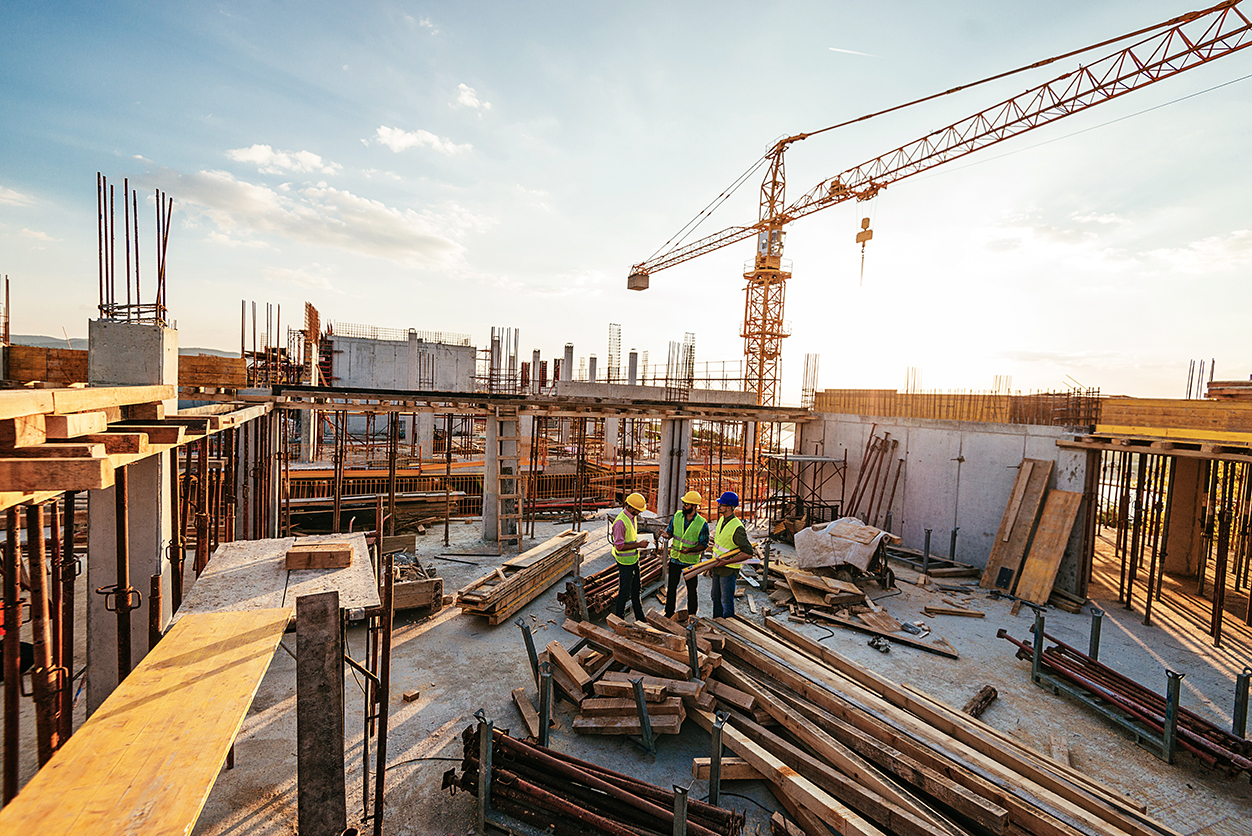On Your Marks, Get Set… 3 OSHA Trends to Watch in 2021

Though it is sometimes hard to imagine as we suffer through the worst of COVID-19 pandemic, 2021 will likely usher in the full reopening of more businesses and office spaces. Coinciding with this milestone event, the Occupational Safety and Health Administration (OSHA) will soon be increasing workplace inspections and carrying out in-person enforcement of coronavirus-related guidance
The Congressional 2021 budget suggests that an additional $12.7 million in funding will go toward hiring more OSHA Compliance Safety and Health Officers to facilitate the increase in inspections. Based on OSHA’s Congressional Budget Justification, predictions anticipate up to 500 additional workplace safety and OSHA compliance business inspections next year. Notably, inspections of construction sites are anticipated to make up more than 50% of these visits Below are three valuable OSHA trends for all employers to watch in order to be audit or inspection ready.
1. New Presidential Administration and Agenda Shift
As the transition in Presidential administration draws closer and COVID-19 cases continue to increase in certain parts of the country, it appears increasingly likely that OSHA will undertake revised standards or guidance establishing a more aggressive approach to combating COVID-19 exposure in the workplace.
Many people are anticipating that the new administration will urge OSHA to promulgate an emergency temporary standard (ETS) to require masks provided by the employer in all workplaces. A COVID-19 related ETS could also require employers to report all worker infections – rather than just workplace related incidents – in order to prevent workplace outbreaks, updating ventilation systems, and actively preventing employees who are infected or quarantined from showing up to work.
In the same vein, states are also expected to implement new OSHA regulations relating to COVID-19. For example, the Division of Occupational Safety and Health of California recently issued new rules that define exposure to COVID-19 as an imminent hazard to workers, and the steps necessary for businesses to respond in the event this occurs. Other states may soon follow suit.
2. Most Common OSHA Citations During COVID-19
OSHA has already cited more than 200 employers for coronavirus-related violations, with penalties totaling nearly $3 million. Last month, OSHA issued guidance relating to OSHA standards which have been cited most frequently during COVID-19 related inspections.
While OSHA’s enforcement during the pandemic has primarily focused on hospitals and health care employers, nursing homes and long-term care facilities, meat/poultry processing plants, and other workplaces where COVID-19 presents a particular threat to workers or where mass outbreaks have occurred, OSHA’s enforcement is not limited to these workplaces. Employers in all industries must implement plans to protect employees from workplace exposure to the virus.
The list of common cited OSHA standards during COVID-19 includes reporting to OSHA within eight hours after the death of any employee as a result of a work-related incident, record keeping of fatalities, injuries, and illnesses that were work-related, training for each employee on how to use PPE, and the general duty clause, which requires employers to furnish a place of employment that is free from recognized hazards that are causing or are likely to cause death or serious physical harm to employees.
3. Proposed Changes to Construction Related OSHA Standards
OSHA has also proposed several new rule changes specific to the construction industry through 2021. The following are three key proposed changes intended to safeguard construction worksites and increase the health and safety of workers in the industry:
-
- Amendments to the Cranes and Derricks in Construction Standard: Designed to improve crane safety and reduce worker injury and fatality, the new proposed amendments include revising wording relating to voltages (AC and DC), broadening exclusions for forklifts, correcting an error permitting body belts to be used as a personal fall arrest system as opposed to a personal fall restrain system, and removing ambiguity regarding crane verbiage found in the current standard.
- Welding in Construction Confined Spaces: OSHA is planning to propose rules to eliminate any perceived ambiguity about the definition of ‘confined space’ that applies to welding activities in construction. Currently, the welding standard does not offer a concrete definition of what a confined space is.
- Personal Protective Equipment in Construction: A proposed change would clarify the requirements for the fit of personal protective equipment in construction.
In the ongoing pandemic, employers should continue to remain up to date with proposed changes to construction related standards, new COVID-19 inspection process and guidelines, and revised record-keeping and incident investigation protocols. It is always advisable to consult with legal counsel regarding new OSHA standards or when determining how to respond to an OSHA citation. The attorneys in our Austin and Dallas offices are available to answer any questions you may have.
Legal Disclaimers
This blog is made available by Gerstle Snelson, LLP for educational purposes and to provide general information about the law, only. Neither this document nor the information contained in it is intended to constitute legal advice on any specific matter or of a general nature. Use of the blog does not create an attorney-client relationship with Gerstle Snelson, LLP where one does not already exist with the firm. This blog should not be used a substitute for competent legal advice from a licensed attorney.
©Gerstle Snelson, LLP 2020. All rights reserved. Any unauthorized reprint or use of this material is prohibited. No part of this blog may be reproduced or transmitted in any form or by any means, electronic or mechanical, including photocopying, recording, or by any information storage or retrieval system without the express written permission of Gerstle Snelson, LLP.

